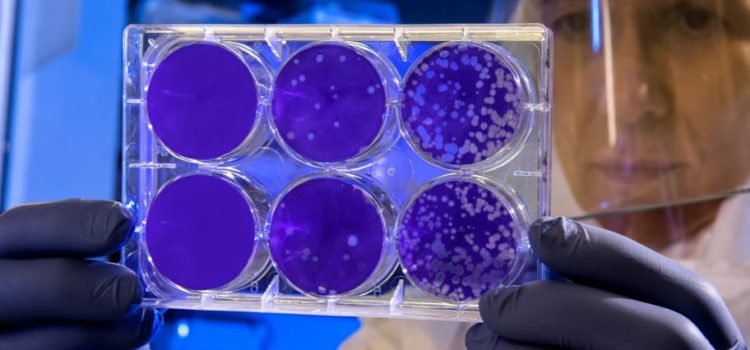

This article is an excerpt from the Shortform summary of "The Immortal Life of Henrietta Lacks" by Rebecca Skloot. Shortform has the world's best summaries of books you should be reading.
Like this article? Sign up for a free trial here .
How did HeLa become so widespread? When many cell cultures exhibited similarities to HeLa what did scientists discover? How did the research community address the HeLa cells’ contamination of all cell cultures?
Stanley Gartler is a geneticist that presented his finding that all of the most-used cell cultures were HeLa, at least in part. Gartler had discovered HeLa cells’ contamination. It rocked the research community.
Find out how HeLa cells contamination occurred and how researchers like Stanley Gartler responded.
Discovery of HeLa Cells Contamination
In 1966, at a major conference of cell scientists, a geneticist named Stanley Gartler announced that the 18 most-frequently-used cell cultures—which were ostensibly distinct from one another—all exhibited a rare genetic marker that had only been found in African Americans. Since some of these cell cultures had been taken from caucasian subjects, Gartler’s conclusion was that all of the cell cultures had been contaminated—with HeLa.
When Stanley Gartler revealed that six of his HeLa contamination samples came directly from the ATCC, the mood at the conference shifted dramatically. Many of the scientists had believed they were working on discrete, unique cell cultures, when in fact they were just working on HeLa. It showed how widespread HeLa cells’ contamination was.
This revelation was especially devastating for scientists working under the assumption that healthy cells could “spontaneously transform” into cancerous ones. If cells could spontaneously become cancerous, scientists could study that process and, potentially, develop a therapy to stop it cold. Now, it was clear that that theory was wrong: Healthy cells didn’t spontaneously become cancerous; it was simply cancerous HeLa cells’ contamination of healthy cells. In the blink of an eye, decades of research and millions of dollars in funding had been rendered worthless thanks to HeLa contamination.
After the conference, a cadre of the top cell scientists returned to their labs to test their cultures for the marker Gartler had found. Many of the cultures tested positive.
This group’s and Gartler’s findings notwithstanding, many cell scientists simply refused to believe their cultures suffered from HeLa cells contamination. It wasn’t until 1972 that the scientific community was presented with insurmountable evidence that HeLa contamination was a major threat to cell research, when a Naval researcher discovered that a Russian lab’s culture too was contaminated with HeLa.
With the discovery that HeLa cells’ contamination was a global phenomenon, the story made the leap from specialized science journals to the popular press. And with that transition came renewed interest in the woman behind the “immortal” cells.
As it happened, only a year before the Naval researcher discovered that HeLa cells contamination was crossing continents, Henrietta’s real name had appeared in print for the first time.
The Lackses Learn About HeLa Distribution
It wasn’t until a Rolling Stone reporter named Michael Rogers visited the family in 1975 that the Lackses finally understood the full significance of their mother’s cells.
Rogers knew immediately that the family had been kept in the dark about HeLa contamination and the doctors’ reasons for drawing blood. He explained cell culture and the stakes of the HeLa outbreak to the best of his ability.
At the time, no one besides Deborah was too disturbed by their mother’s cells’ wide spread. But that changed when Rogers’ story was published and the Lackses discovered that HeLa cells were not only distributed for free by nonprofit institutions but also sold by commercial firms.

———End of Preview———
Like what you just read? Read the rest of the world's best summary of Rebecca Skloot's "The Immortal Life of Henrietta Lacks" at Shortform .
Here's what you'll find in our full The Immortal Life of Henrietta Lacks summary :
- How Henrietta's cells became used in thousands of labs worldwide
- The complications of Henrietta's lack of consent
- How the Lacks family is coping with the impact of Henrietta's legacy






